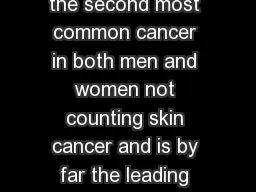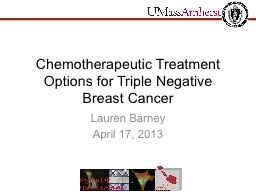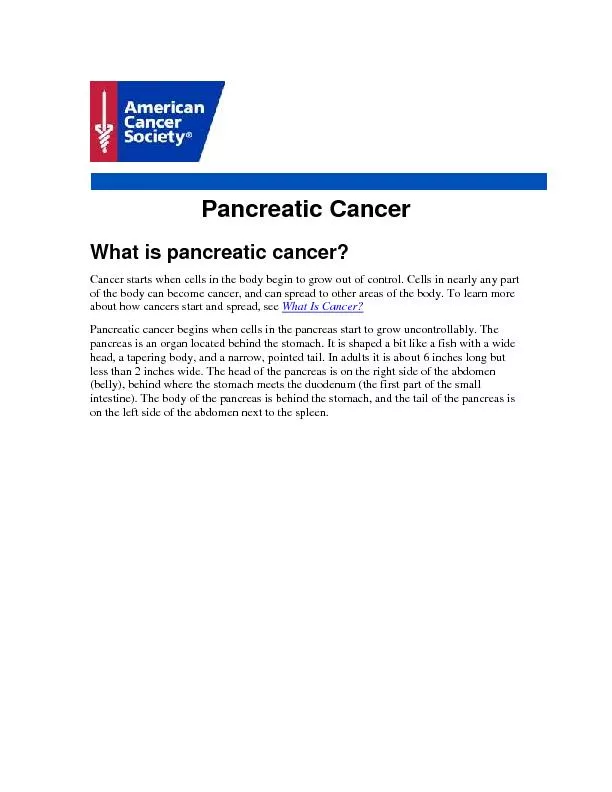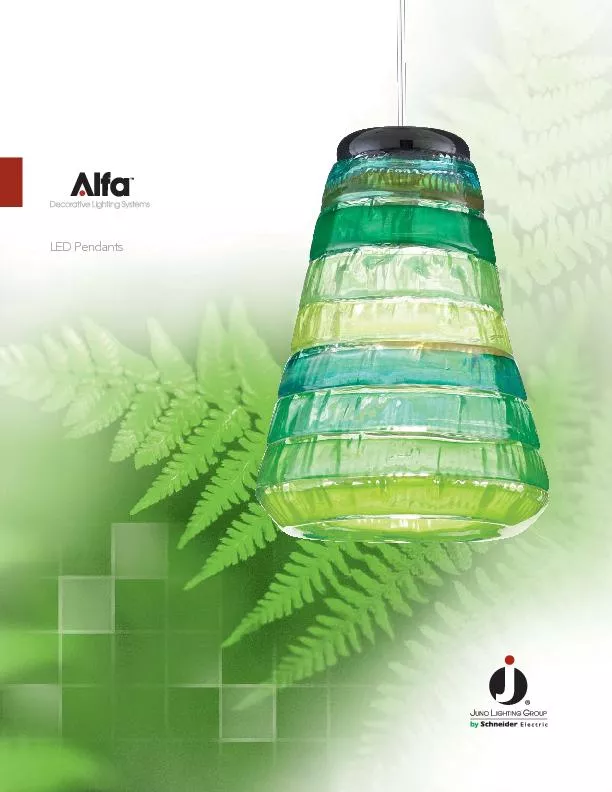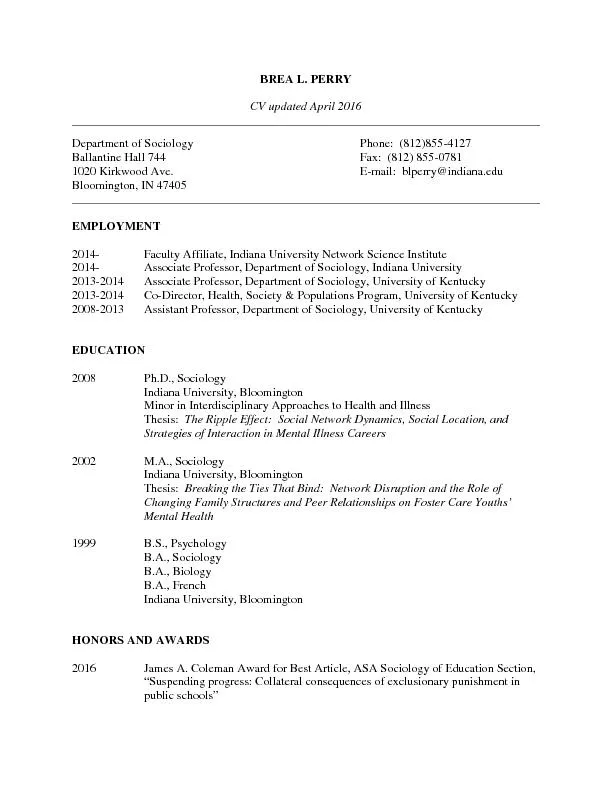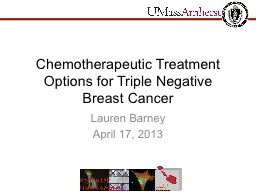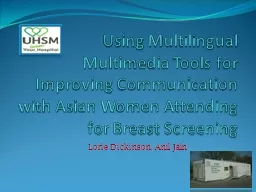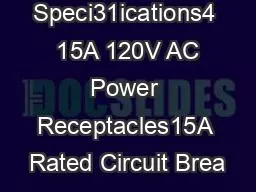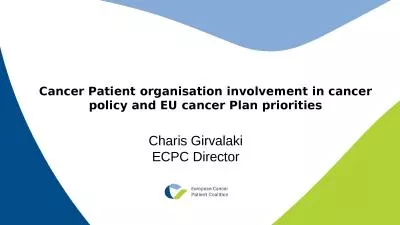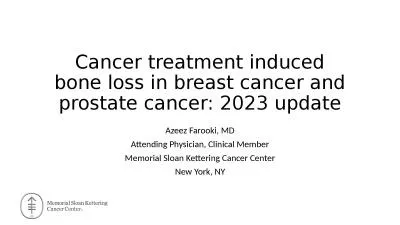PPT-Brea st cancer G eneral
Author : slayrboot | Published Date : 2020-06-16
in f orma t ion Risk f a ct ors Progno st ic f a ct ors Diagno st ics and st aging syst em T rea t men t Follow up Pla n o f th e sem
Presentation Embed Code
Download Presentation
Download Presentation The PPT/PDF document "Brea st cancer G eneral" is the property of its rightful owner. Permission is granted to download and print the materials on this website for personal, non-commercial use only, and to display it on your personal computer provided you do not modify the materials and that you retain all copyright notices contained in the materials. By downloading content from our website, you accept the terms of this agreement.
Brea st cancer G eneral: Transcript
Download Rules Of Document
"Brea st cancer G eneral"The content belongs to its owner. You may download and print it for personal use, without modification, and keep all copyright notices. By downloading, you agree to these terms.
Related Documents


